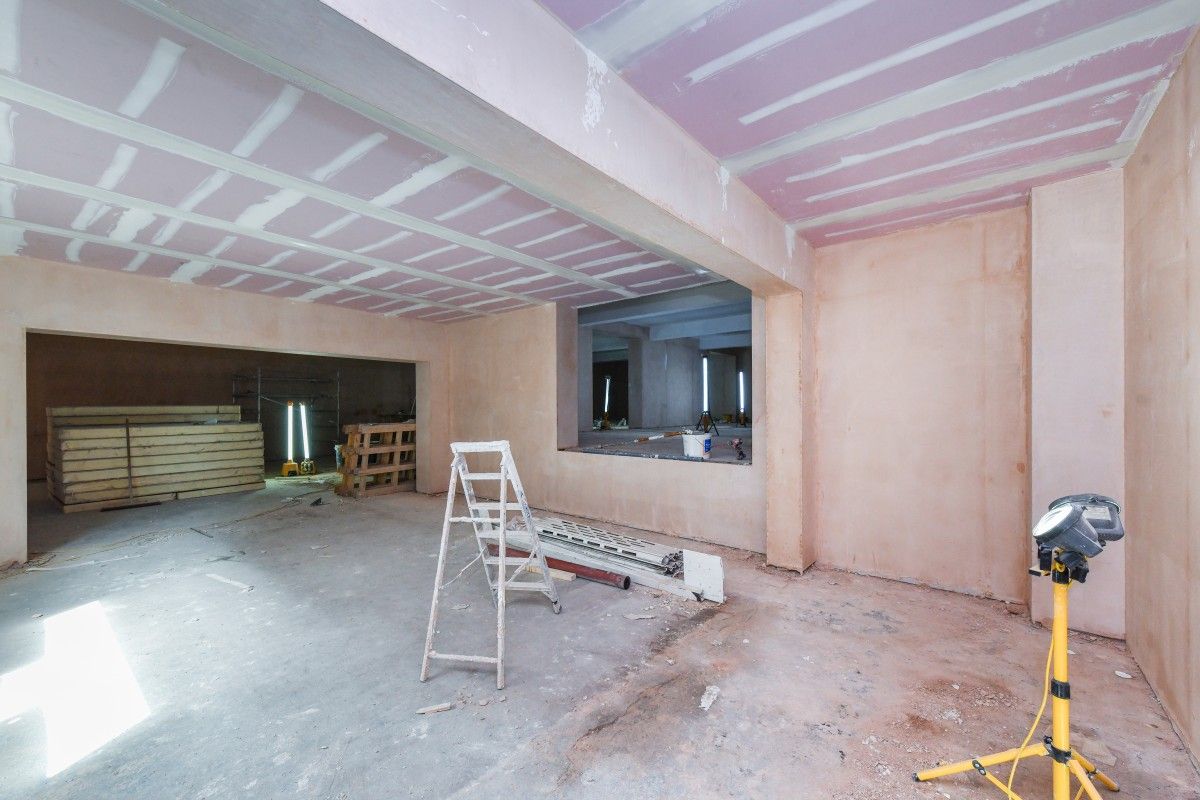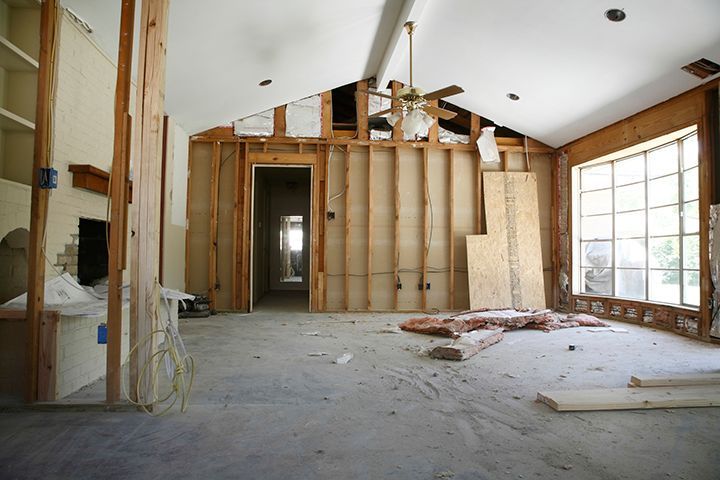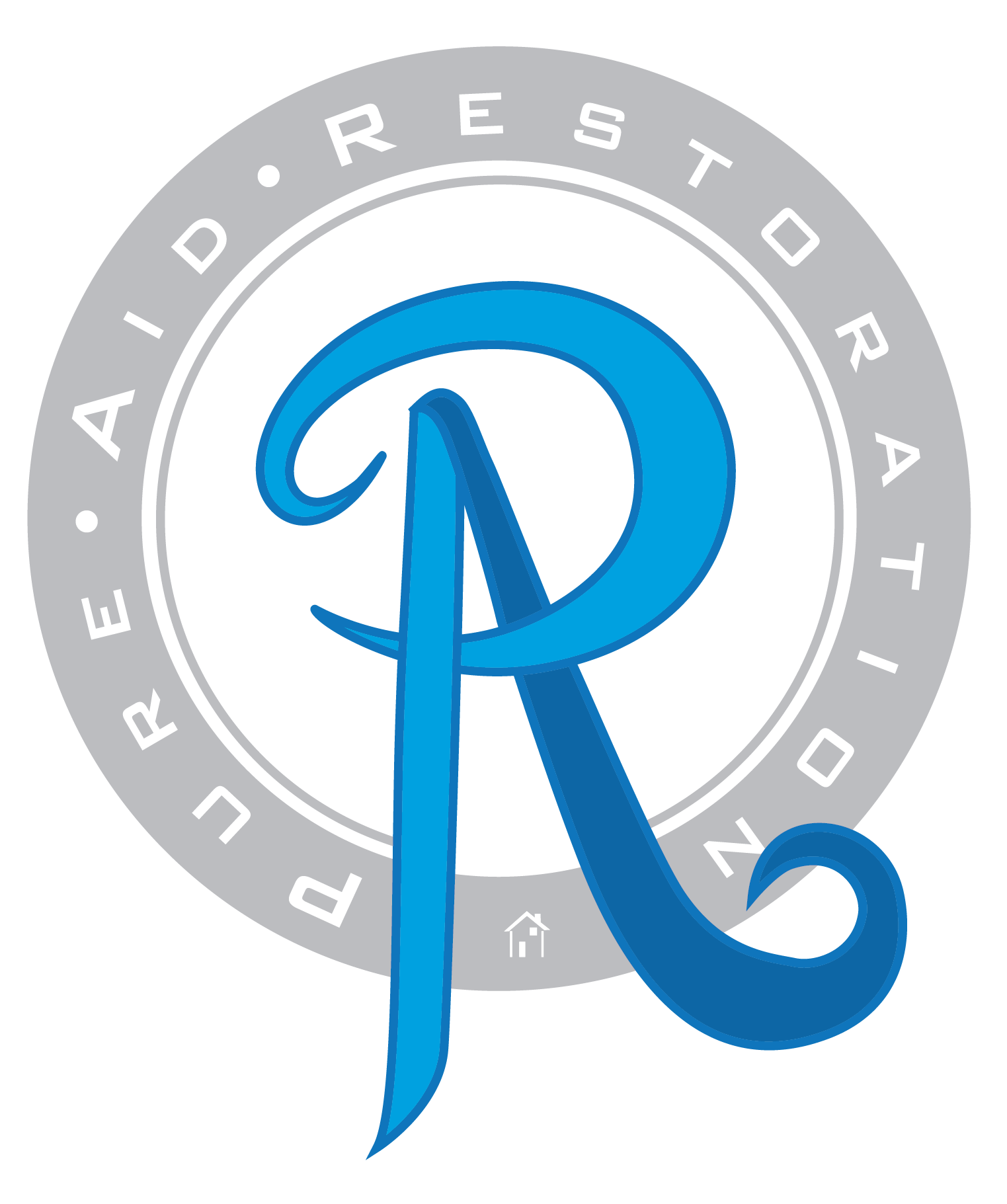Reconstruction
After a catastrophic event like water damage or mold infestation, reconstructing a home begins with thorough remediation to ensure safety and structural integrity. This process typically starts with identifying and stopping the source of the problem—such as a burst pipe or roof leak—followed by removing contaminated materials like drywall, flooring, or insulation. Once the affected areas are dried and treated for mold or bacteria, reconstruction can begin. This might involve rebuilding walls, replacing flooring, and restoring electrical and plumbing systems. Throughout the process, inspections are often required to ensure that the home meets local safety codes and that no further risks remain hidden behind the walls.
Reconstruction after major damage isn’t just about returning a home to its original state—it can also be an opportunity to improve it. Homeowners may choose to upgrade to more durable, water-resistant materials, install energy-efficient appliances, or redesign spaces for better functionality. For example, during reconstruction, a small bathroom might be expanded, or outdated carpet might be replaced with modern vinyl plank flooring. By taking advantage of the open walls and cleared spaces, homeowners can also upgrade electrical wiring, add insulation, or install smart home systems—improvements that are much harder and more expensive once a home is fully finished.


